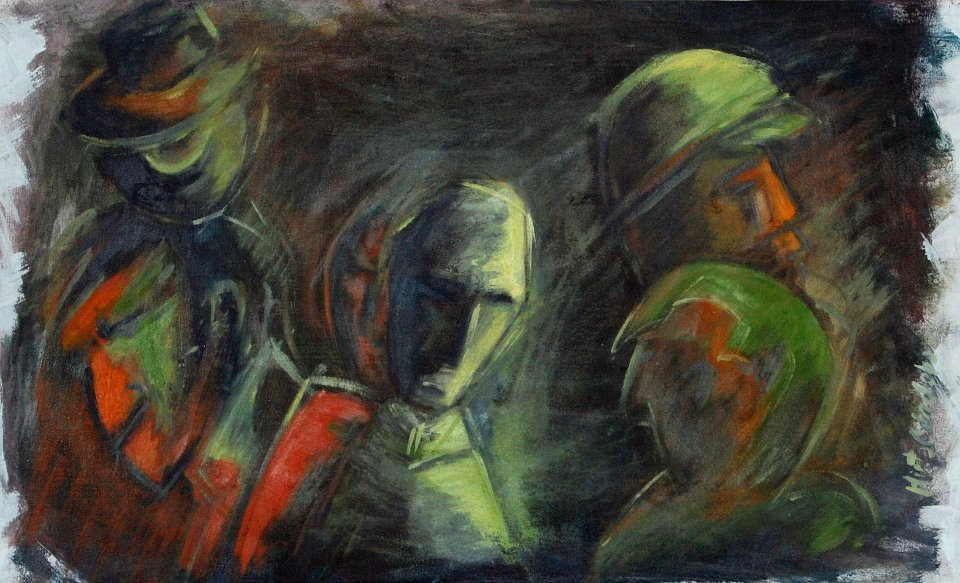"Come and see the sunset" by Lygia Fagundes Telles: the traumatic memory of death
DOI:
https://doi.org/10.48075/rlhm.v13i21.16380Keywords:
Memória, Morte, Identidade, EspaçoAbstract
The present article aims to discuss the experience of the traumatic memory of death from the narrative perspective of the tale "Come and see the sunset" by Lygia Fagundes Telles. Using the theoretical basis of YI-Fu Tuan (2013), Edward Relph (2012), Michael Pollack (1992) and Maurice Halbwachs (2006), an interpretation of the work will be sought regarding the romantic relationship of the couple Ricardo and Raquel and how the notions of memory, identity and space hatch at tense moments of narrative. Understanding this, the story's potential to build a traumatic memory of death in the character Raquel, from his Via Crucis, which goes from his encounter with the ex-boyfriend to his mausoleum.Downloads
Published
24-07-2017
How to Cite
MILHOMEM, M.; NASCIMENTO, S. M. "Come and see the sunset" by Lygia Fagundes Telles: the traumatic memory of death. Journal of Literature, History and Memory, [S. l.], v. 13, n. 21, p. 249–264, 2017. DOI: 10.48075/rlhm.v13i21.16380. Disponível em: https://e-revista.unioeste.br/index.php/rlhm/article/view/16380. Acesso em: 6 jun. 2025.
Issue
Section
PESQUISA EM LETRAS NO CONTEXTO LATINO-AMERICANO E LITERATURA, ENSINO E CULTURA
License
Aviso de Direito Autoral Creative Commons
Política para Periódicos de Acesso Livre
Autores que publicam nesta revista concordam com os seguintes termos:
1. Autores mantém os direitos autorais e concedem à revista o direito de primeira publicação, com o trabalho simultaneamente licenciado sob a Licença Creative Commons Attribution que permite o compartilhamento do trabalho com reconhecimento da autoria e publicação inicial nesta revista.2. Autores têm autorização para assumir contratos adicionais separadamente, para distribuição não-exclusiva da versão do trabalho publicada nesta revista (ex.: publicar em repositório institucional ou como capítulo de livro), com reconhecimento de autoria e publicação inicial nesta revista.
3. Autores têm permissão e são estimulados a publicar e distribuir seu trabalho online (ex.: em repositórios institucionais ou na sua página pessoal) a qualquer ponto antes ou durante o processo editorial, já que isso pode gerar alterações produtivas, bem como aumentar o impacto e a citação do trabalho publicado (Veja O Efeito do Acesso Livre).
Licença Creative Commons
Esta obra está licenciada com uma Licença Creative Commons Atribuição-NãoComercial-CompartilhaIgual 4.0 Internacional, o que permite compartilhar, copiar, distribuir, exibir, reproduzir, a totalidade ou partes desde que não tenha objetivo comercial e sejam citados os autores e a fonte.


